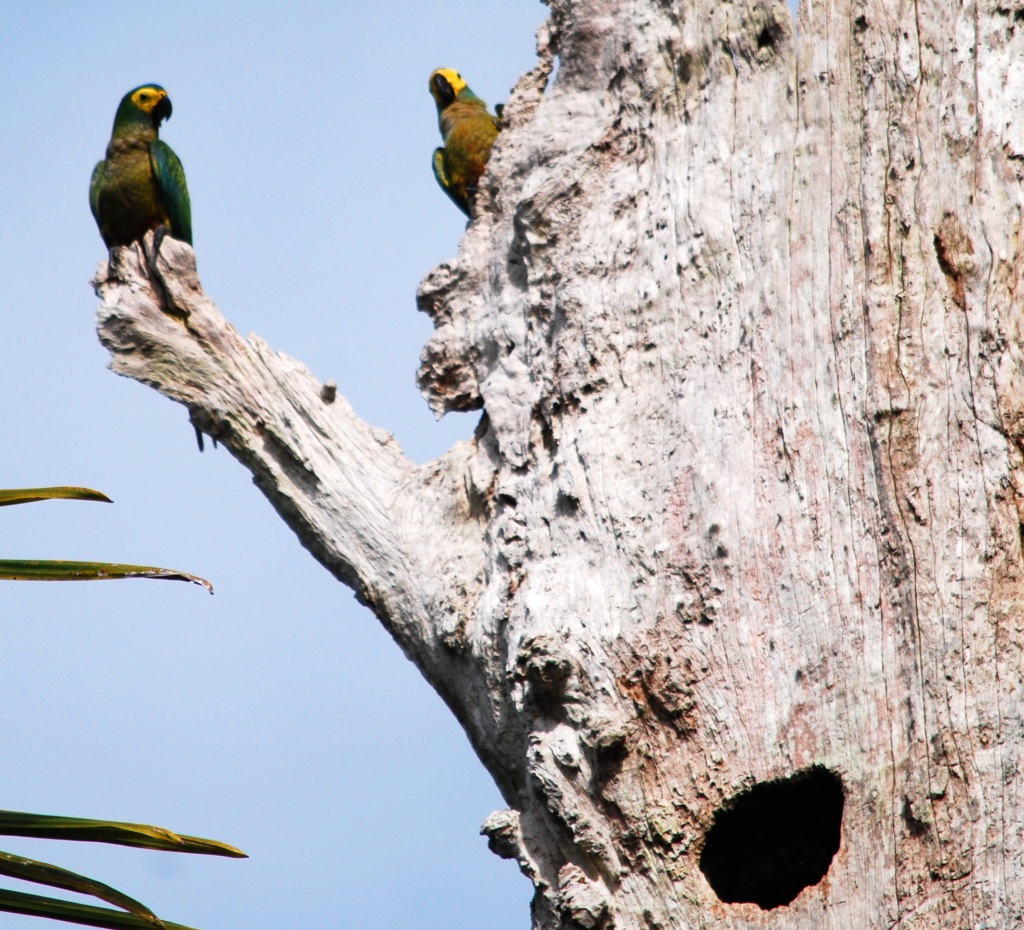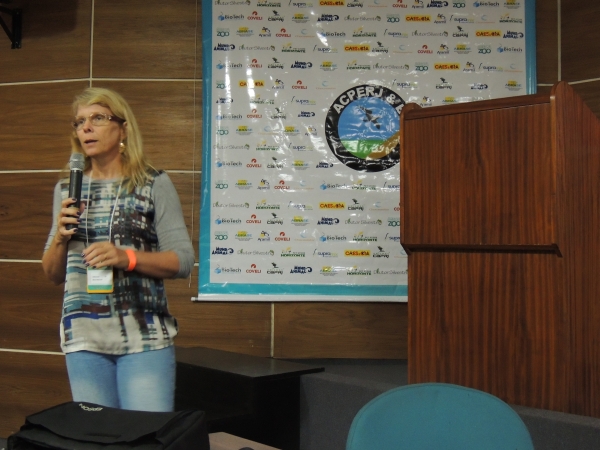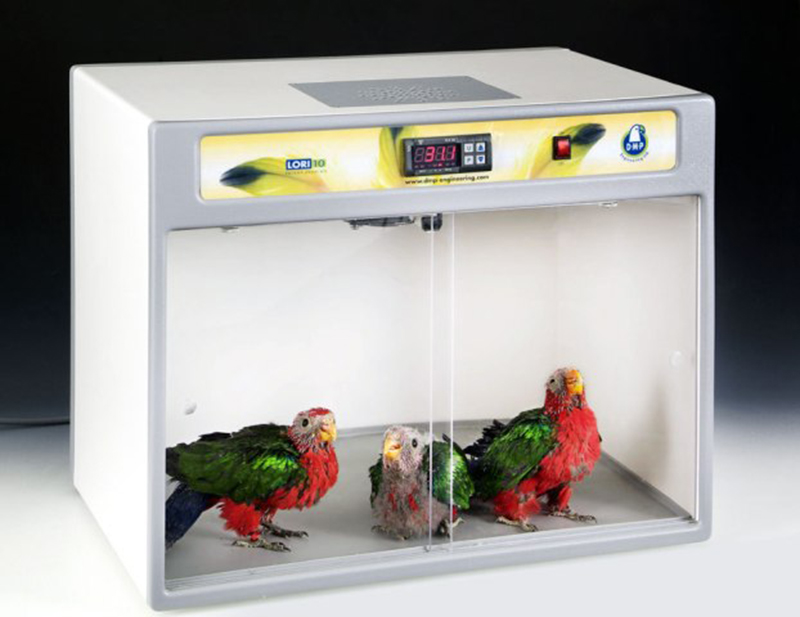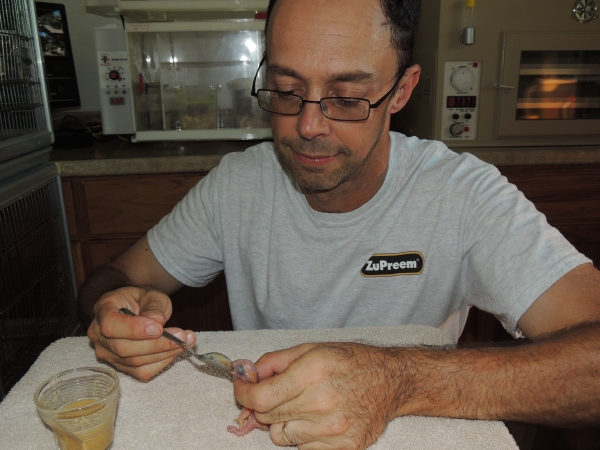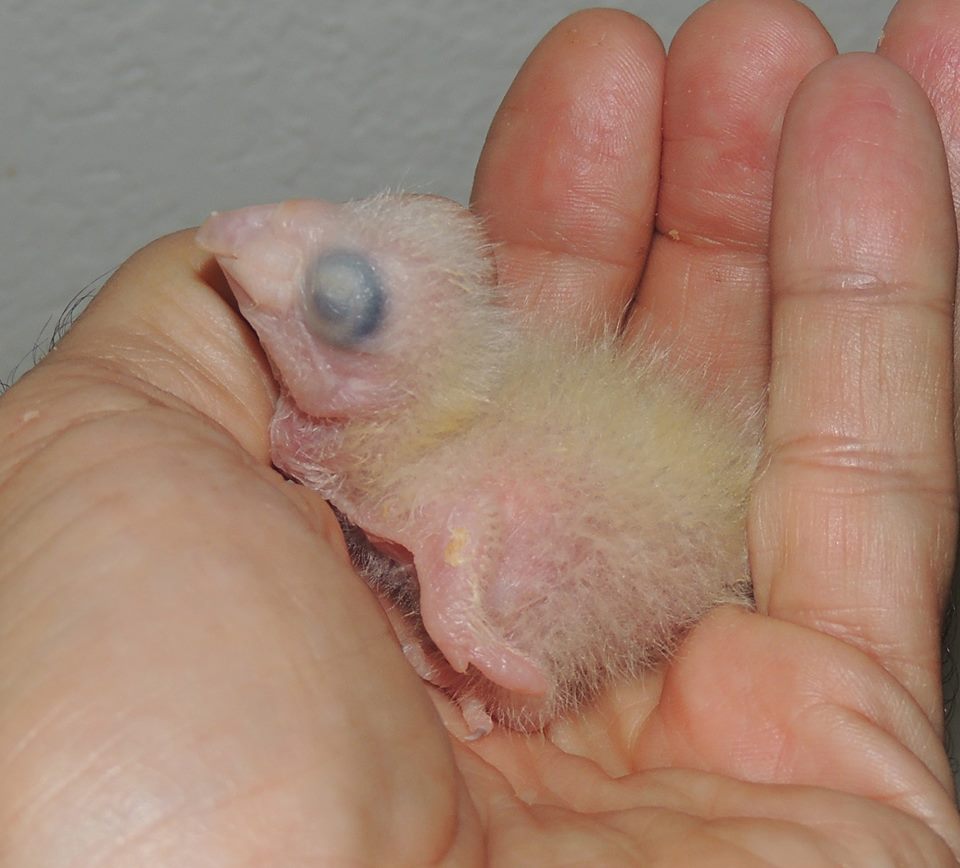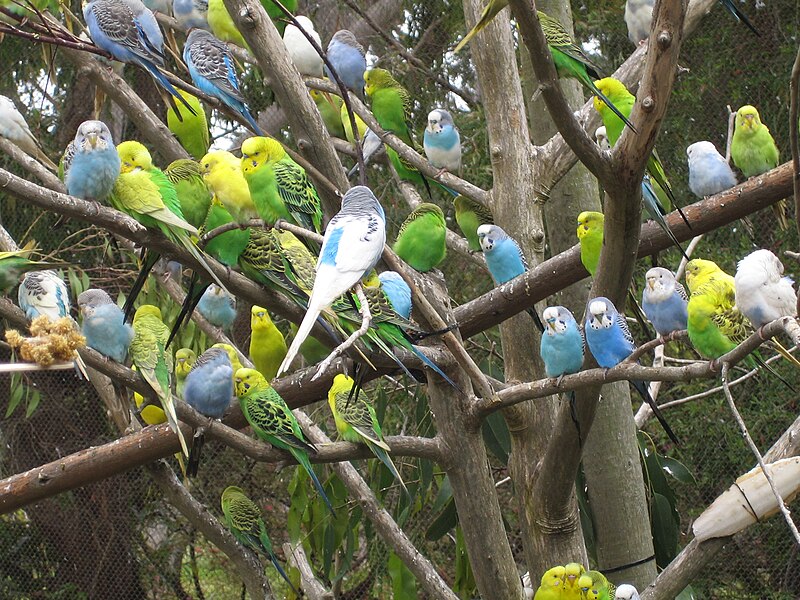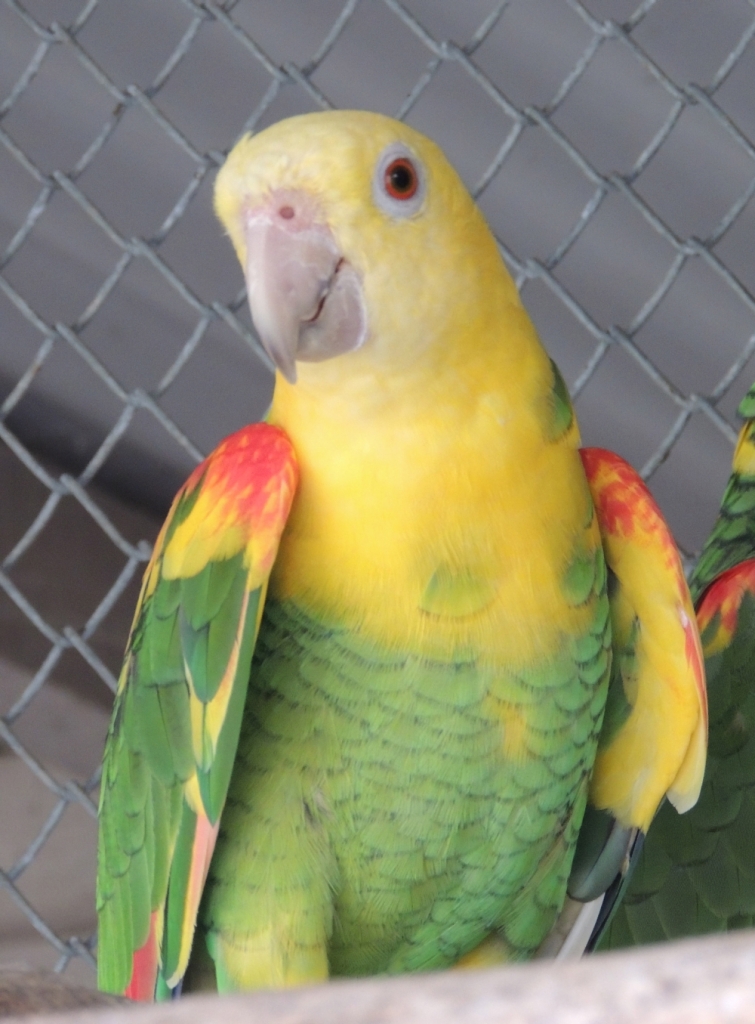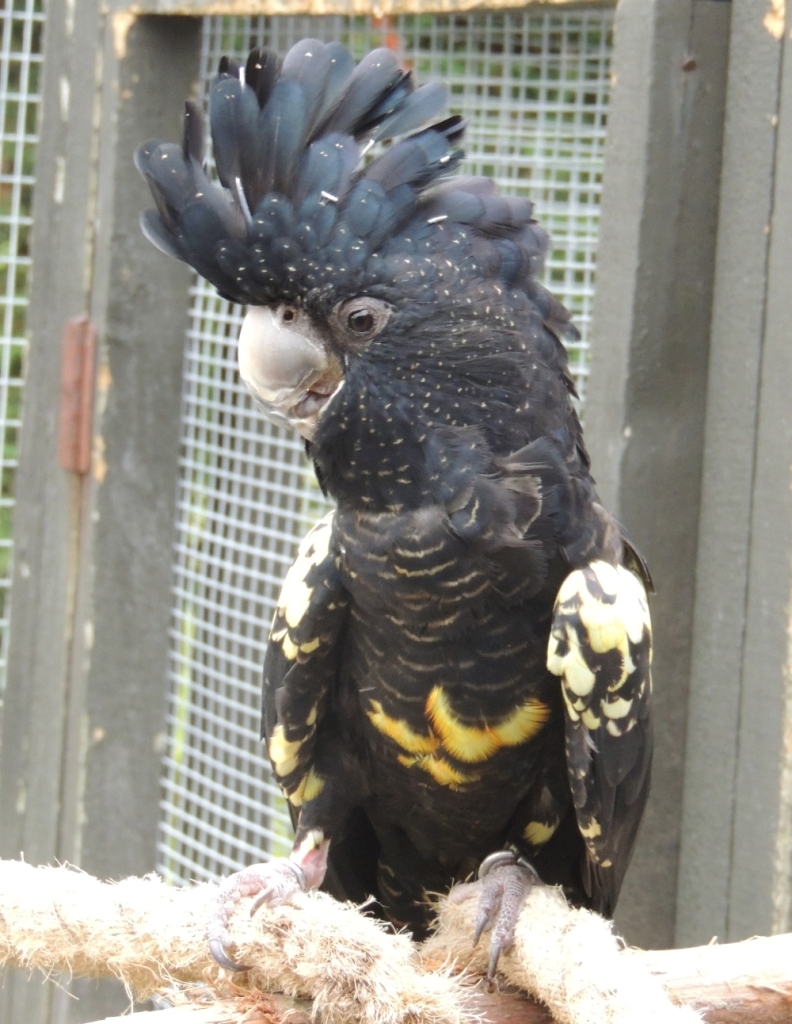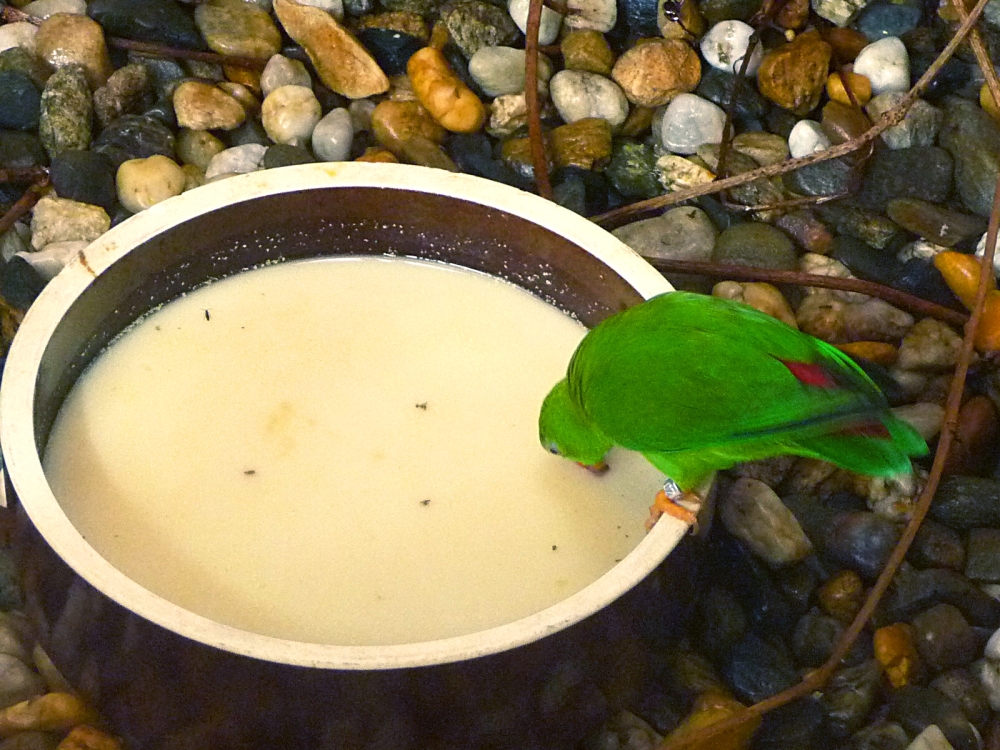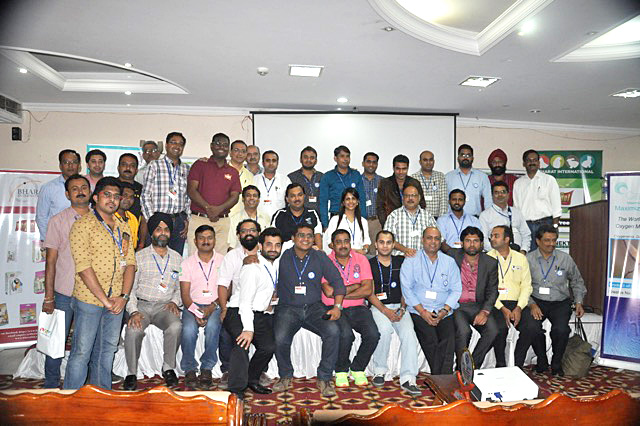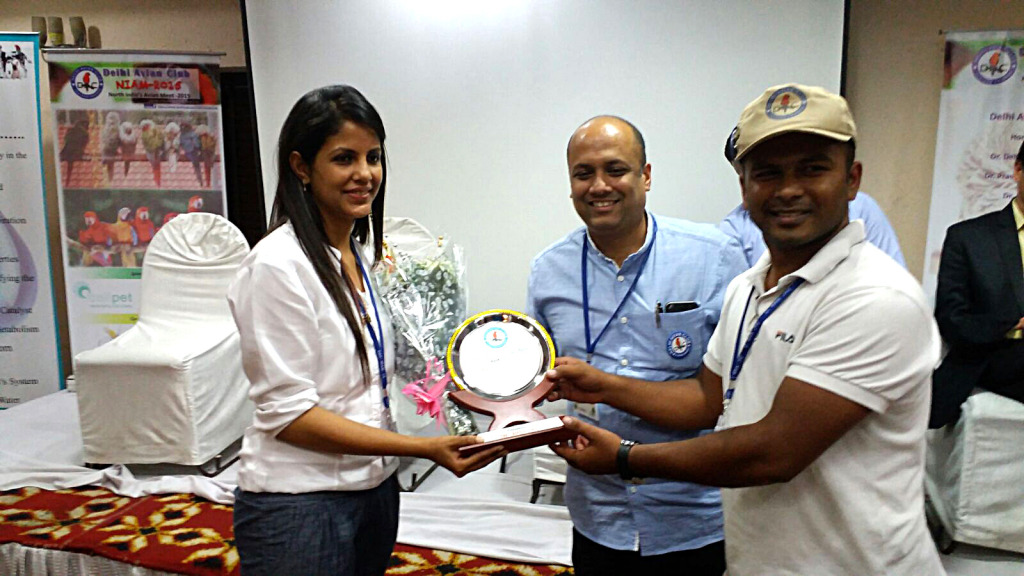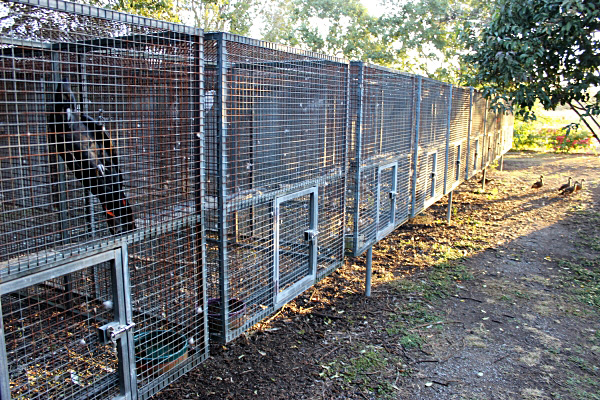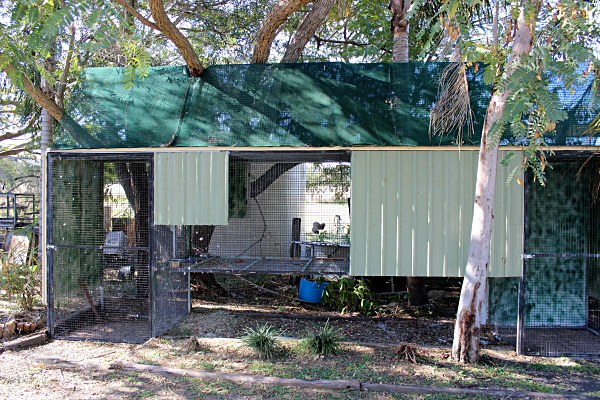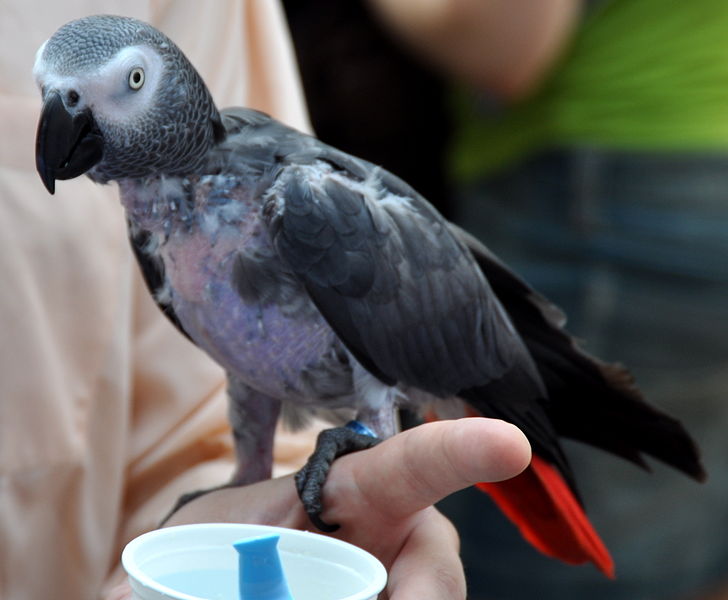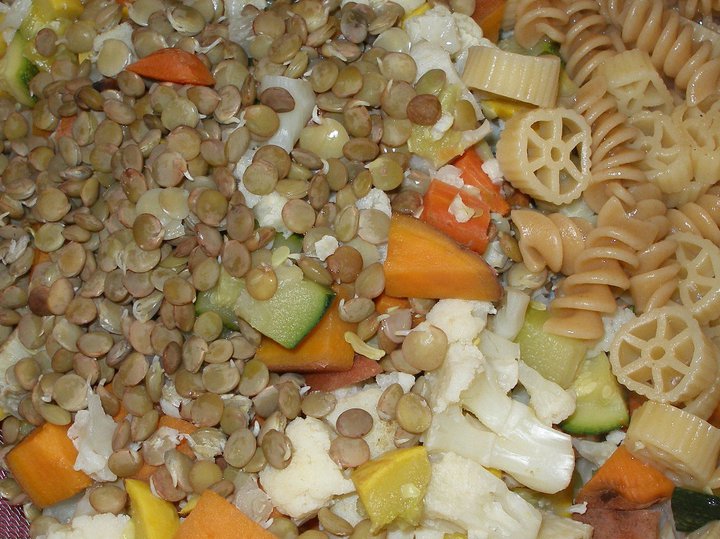The all night flight reached Manaus in the Brazilian Amazon at 3:13 AM. My old guide, Pedro Garcia, was awaiting my exit from the airport. He would rush me to the hotel, where I would shower, rest and be ready to leave for the field at 6:00 AM. My head had barely touched the pillow when the alarmed sounded. I rushed downstairs and Pedro soon appeared. We then headed along BR174 north towards the Waimiri Atroari Indian territory, stopping only long enough to have coffee and a ‘forest’ breakfast—tapioca, which is cooked pancake-style and has a similarly in appearance (though not taste), stuffed with Brazilnuts and Tucumã Astrocaryum vulgare. The food was bland but filling and would provide nourishment until we returned from the field.
No sooner had we stumbled upon the first stand of Buriti, as the palm Mauritias flexuosa is called in Brazil, that I stumbled upon the subject of my quest: Orthopsittaca manilata, the Red-bellied Macaw. Buriti grows in areas that flood or are permanently wet and the macaw has a strong association with this palm, feeding on its fruit. Where the palm grows and the macaws are not persecuted, the two will be found to be inexorably linked.
a
a
Buriti fruit are chestnut colored and possess scales. The inside contains a yellowish pulp that is rich in vitamins C and A, oleic acid, tocopherols and carotenoids, especially betacarotene. The fruit is not uncommonly eaten. The stone is hard and floats, permitting dispersal. The fruit is alleged to have a taste similar to apple, though in the palate it is clearly oily.Tucumã is much more flavorful.
Buriti invariably grow in stands. I have never seen a singleton growing. Often the stand contains trees that are already dead.
From the time we left Manaus until we reached the Waimiri Atroari reservation, a distance of over 200 kilometers, the macaws were sighted almost continuously. As we reached a stand of Buriti, we would stop, walk around and irrespective of the time, would hear the macaws calling if fruit that were nearly ripe were present—they seem to prefer fruit that are not completely developed but which have already acquired the distinctive chestnut color. The macaws are always seen in groups; even when they nest they do so colonially.
a
a
Red-bellied Macaws are vocal, agile flyers. They vocalize while feeding to maintain contact with other flock members; when they fly, they usually do so in pairs or family groups, which leave one after the other. When they depart an area as a flock, the pair and/or family group formation will still be evident. They then call almost continuously. Birds that are feeding tend to allow a fairly close approach, except in those cases where the palm tree stands sits in water and they must be reached by boat or canoe. The macaws then immediately fly away. When feeding in trees that can be approached on foot, they will either move slowly until they perch on a leaf, where they can be difficult to observe, or they will fly away, circling back to obtain a better look at the intruder. In an open field I have watched as they fly close to the ground from stand to stand.
The Red-bellied Macaw is very common in the wild but in captivity it proved difficult to establish, even though when traded large numbers were exported. Part of the reason for the difficulties in establishing it as an aviary bird was its delicate nature—they would often appear healthy and thiriving only to be suddenly found dead. Diet may also have played a role. The nutritional content of itsalmost solely Buriti diet was never fully realized; other macaws (e.g. Anodorhynchus) are also specialist feeders but they adapted to commercial diets—not so with the Red-bellied. Today in the US and Europe it is has become very rare. Virtually none are reared in aviculture.
a
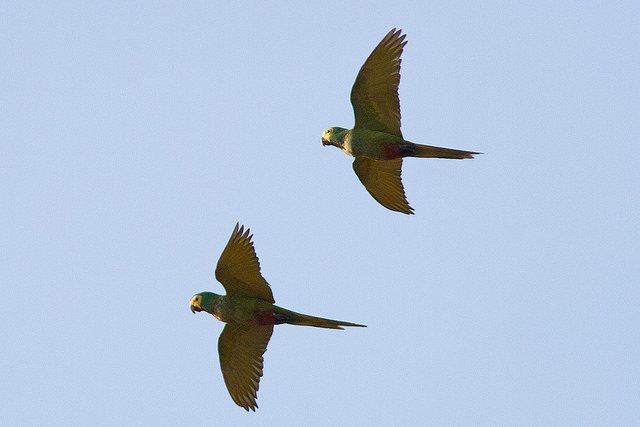
Two flying Red-bellied Macaws. (c) Dave Curtis. This file is licensed under the Creative Commons Attribution-NonCommercial-NoDerivs 2.0 Generic.
a
I had wanted to visit Brazil to observe what several Waimiri Atroari Indians had told me about its nesting habits. The Breeding season had in theory ended. The discernible young (with their cream facial skin and white stripe down the culmen) would be visibly in the company of their parents. This part of the theory proved itself quickly. I watched as pairs fed young. What I then witnessed proved surprising—but then as more and more research is carried out, the more interesting and complex parrots are becoming.
The boat had approached a group of Buriti standing in a flooded forest. The macaws startled and flew away but I quickly noticed that the urge to return was inexorable. I instructed Pedro to use the paddle and move away enough to allow the birds to return. They quickly landed on the top of the Buriti and attempted to hide. We waited. The birds became relaxed and soon the parents began feeding their weaned young. One then flew to a tree growing amongst the Buriti and entered. It could be heard feeding young. Pedro scaled the tree and looked. It contained two very small young. The Indians had been correct in their observation—the species nested more than once and the young acted as helpers. The same observation was made twice more that day.
For decades, it was believed that parrots bred in pairs. The young would fledge and leave. The following season the process repeated itself. Findings are now suggesting that the young may remain with their parents far longer than ever expected and that they take an active role in rearing their siblings. With the Red-bellied Macaws, the observation was possible because the distinctive facial area and culmen allowed the young to be distinguished. I have seen similar ‘helper’ situations in Pyrrhura conures. It clearly has no relevancy on finding enough food for the growing young, as Buriti fruit profusely and food was readily available. It appears that the rearing of the young allows key lessons to be learned.
a
a
Because of the scarcity of Red-bellied Macaws, I could not duplicate this experiment. I could, however, utilize some of the birds in my collection. I took two pairs of Green-cheeked Conures Pyrrhura molinae and allowed them to fledge not only their young but those of two other species—Pyrrhura perlata coerulescens and Pyrrhura picta roseifrons—that were placed in their nest. The birds were left together as a group. They roosted in the nest and fed amicably. When the pairs nested again, all of the young helped rear the new clutch. There was no aggression, even though at night everyone roosted in the same box. The young could be heard being fed by birds that were not their parents.
Parrot behavior is very complex. Field observations can clearly shed a new light and may even help in maintaining some species in captivity. The WaimiriAtroari claim that single Red-bellied Macaws perish but that if a group is reared together, they survive. Could the fact that family groups are disbanded during trapping be part of the reason why these macaws have proved so difficult to establish? The answer may never be known.
a
Title photo: (c) A C Moraes. This file is licensed under the Creative Commons Attribution 2.0 Generic license.
